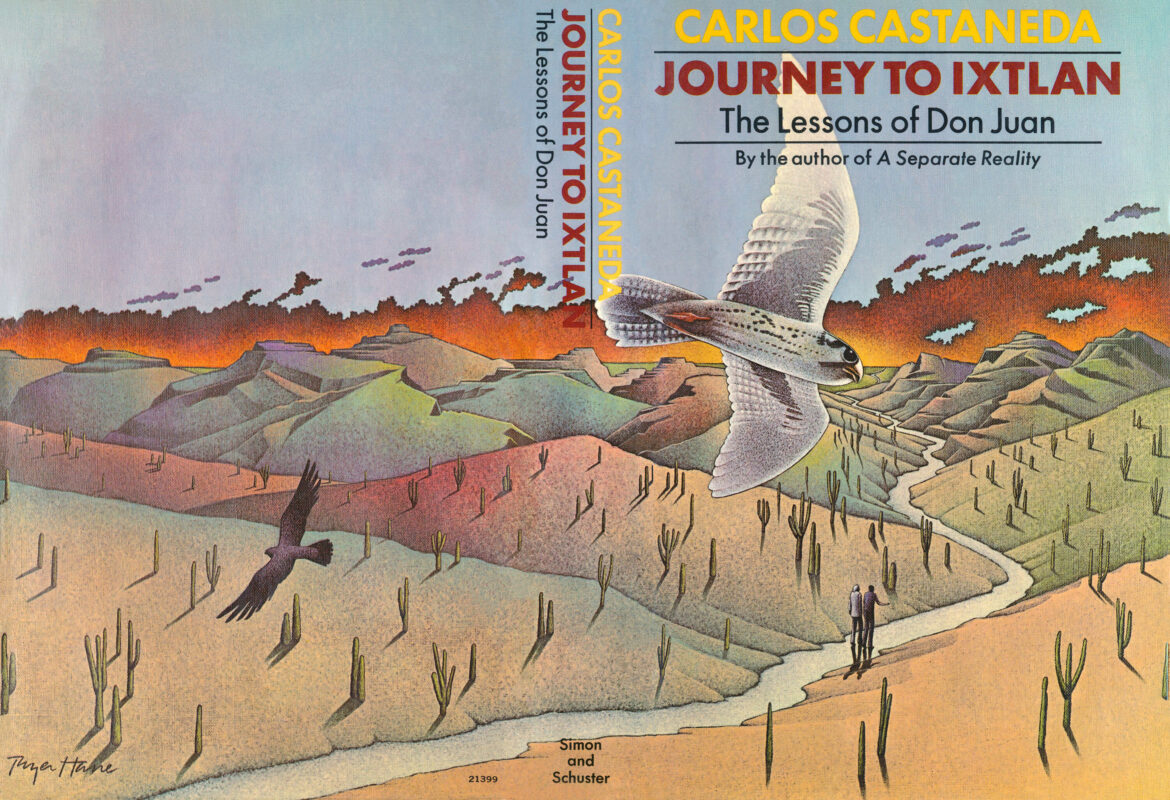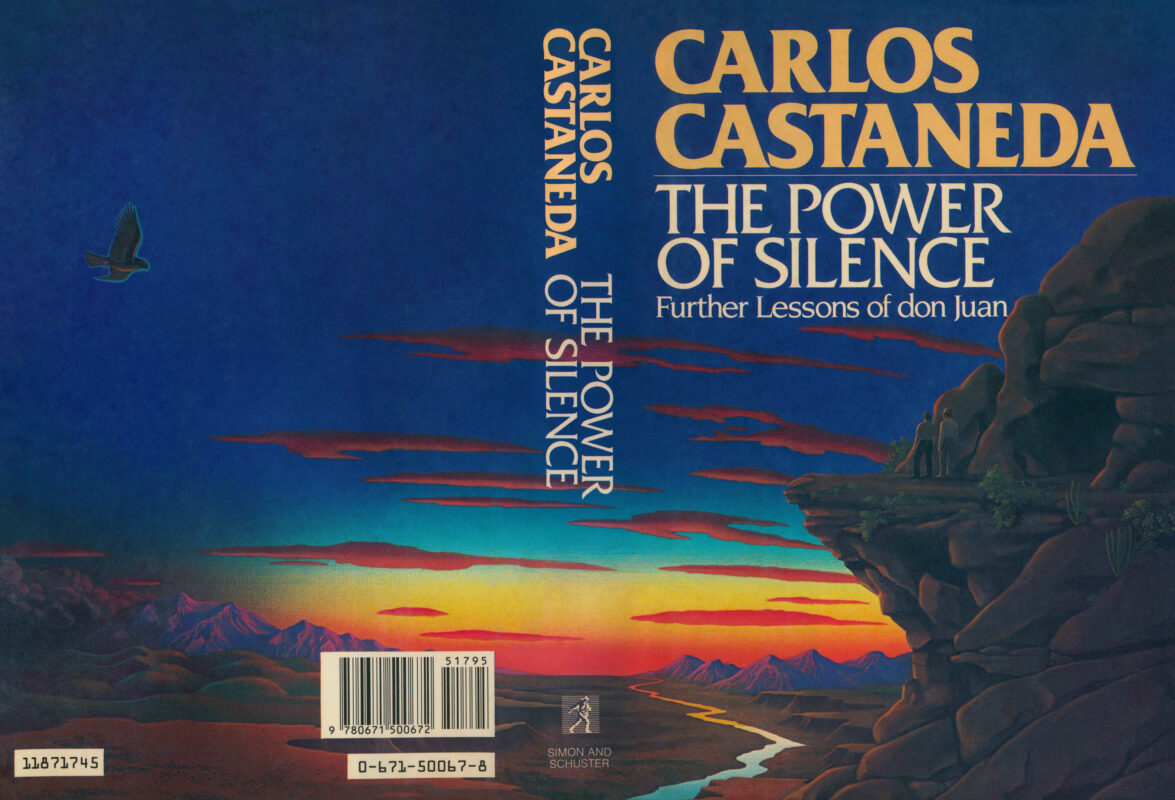Part One: Stopping the World – Erasing Personal History
In this part of his apprenticeship, Castaneda attempts to gather ethnographic data from don Juan, but the sorcerer consistently deflects his academic inquiries, especially concerning personal history, which he claims to have “dropped.” Don Juan asserts that shedding one’s past frees individuals from the constraints of others’ perceptions and cultivates a “fog” of mystery. He challenges Castaneda’s self-importance and rigid worldview through perplexing pronouncements and unconventional actions, such as interacting with plants and interpreting environmental cues as “omens” and “agreements.” Don Juan emphasizes that true learning involves relinquishing preconceived notions and adopting a state of constant alertness, rather than relying on external knowledge or conventional methods of understanding.
Part One: Stopping the World – Erasing Personal History Read More »

